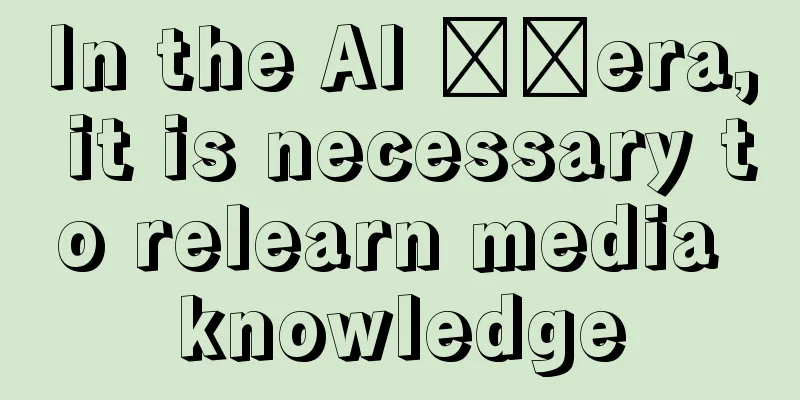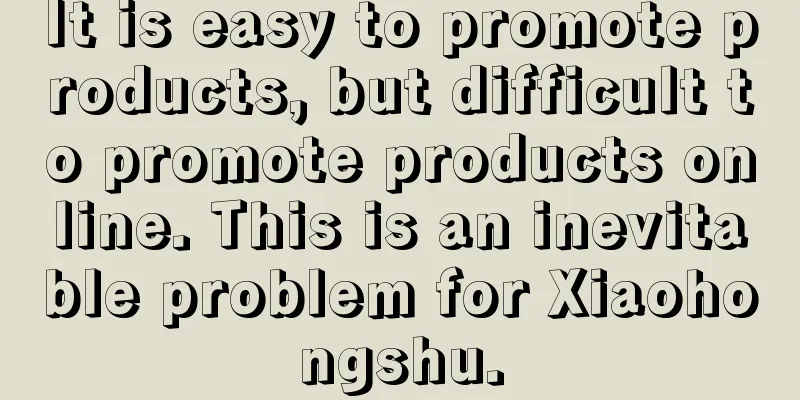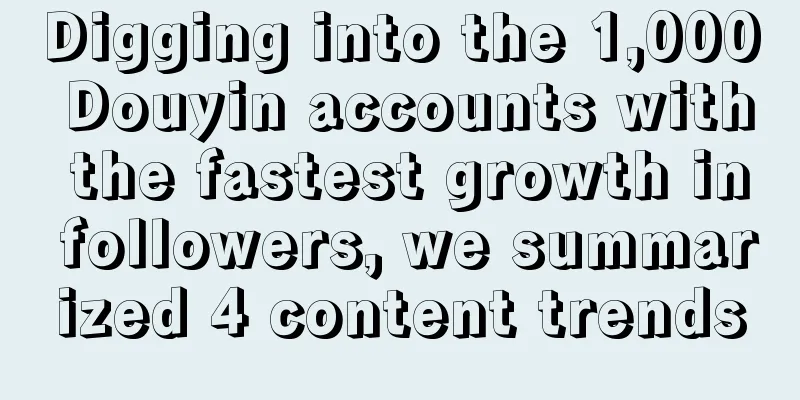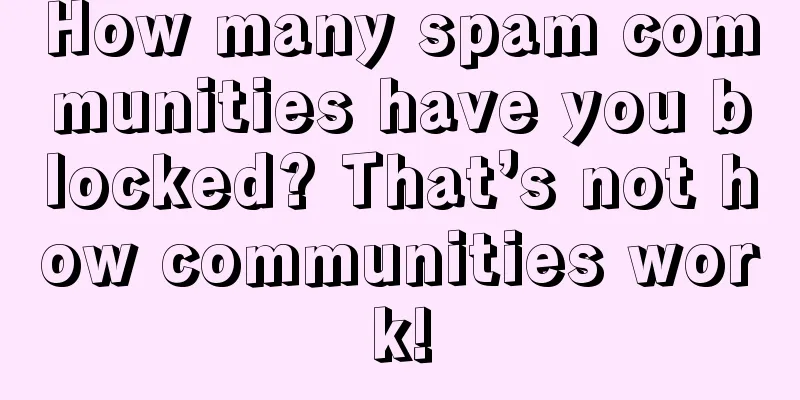How to become a strategic person with a higher ceiling (Part B)?

It's not about what we should be, but what the times want us to become. Recently, more than a dozen friends (experienced strategists aged 35+) talked to me about strategic skills and career choices. After the conversation, several friends suggested that I write an article to discuss it. Their background: Age 35+, used to work as strategy/planning director in international/local 4A companies, and most of their experience has been in the second-party sector. There are three main problems faced: those who are still working for the Party B will face salary cuts and will have to start working as both professionals and BDs to shoulder huge KPIs; those who were laid off or quit will find it difficult to get into the Party A, as the Party B will require you to integrate customer service and strategy and shoulder huge KPIs; those who want to work alone will not have enough customer resources, will find it difficult to sustain, and will face too much risk. I summarized that there are mainly two aspects of the problem: One is the singleness of professional skills. Under the tide of the times, the dividends of a single traditional sector in the past may become a hindrance to current development. The old methods in the new environment do not seem to be worthwhile for enterprises. The second is the lack of business capabilities. If a certain amount of personal connections have not been accumulated in the past, whether it is the huge gap in the KPI of the other party or the business source of considering going it alone, it will fall into a certain dilemma. Of course, there are many strategic people around me who are over 35 years old and have successfully made it. For example, they have earned a certain amount of money and retired directly; or they have accumulated a lot of resources and are basically in semi-retirement; or they have become senior executives in the second party with a generous annual salary; or they are company veterans and are stable, etc. At the same time, there are many post-90s generation around me who have basically avoided the "35-year-old trap" from the beginning. So, based on the situations of some friends and combined with my own personal experience, I want to write an article to explore it. Regarding the ceiling level of third-party strategists, I will mainly talk about two aspects: one is professional skills, and the other is business thinking. 01 Professional skillsThe rationality of a position’s existence lies in “what problems it can solve at the moment”. Different market environments and different corporate problems naturally require different skills for strategists. In today’s relatively competitive market, traditional or single skills are difficult to adapt to the current environment, or the ceiling is relatively low. Therefore, for strategists, it is necessary to avoid the singleness of strategic skills to serve strategic decision-making in different market environments. The professional skills here are mainly discussed from three dimensions: the first is the promotion dimension, the second is the marketing 4P dimension, and the third is the STP dimension of the marketing 4P forward market segmentation. It is equivalent to the multi-faceted communication, the linked 4Ps, and the pre-positioning of STP. 1. Promotion dimension - systematizationThe communication systematization mentioned here is mainly at the industry and platform levels. They all follow the "T-shaped" logic, expanding horizontally and deepening vertically. In the industry and platform dimensions, we must not only expand, but also deepen. Breadth is a business necessity, and depth is a strategic practice. As a second-party, we must delve deeply into one industry, but we cannot just understand one industry. We need to delve deeply into one platform, but with the trend of media fragmentation, we also have to know more about emerging media. The rise of every new platform reflects the popularity of a certain group of people or certain characteristics. 2. Marketing 4P Dimensions - LinkingIf I were to recommend a marketing model, 4P would definitely be in the top three. The significance of a model lies in its universality, and the marketing 4P is almost exhaustive and reasonable. At the same time, the marketing 4P is equivalent to a very good business guide for strategists, helping them improve their understanding of business operations. First of all, it is the relationship between communication and products. It is often mentioned in the second-party insight, and the insight into people is based on the product, otherwise it is like a tree without water and a root without a source. If you make strategies on the brand side, such as fast-moving consumer goods, and understand the product better, you will have more say. The second is the relationship between communication and channels. The channels here, whether it is the logic of online e-commerce for traffic conversion or the logic of offline channels for negotiation and persuading dealers to pay, are effective ways for strategists to move forward. Again, it is the relationship between communication and pricing. Pricing is indeed a combination of science and art, but it involves an additional thinking process, the logic of cost and benefit, which is also the logic of business. 3. STP dimension - front-endSTP is the relationship between marketing 4Ps and the front-end market, that is, to find the target market you want to enter in the segmented market, and to do differentiated market positioning in such a target market, so as to find the entry track that suits you. If the marketing 4Ps belong to the meso level, then the front-end STP analysis is the macro logic. With the foundation of macro analysis, you will have a deeper understanding of meso research. This also explains why many people know the 4Ps, but the degree of understanding and depth of application vary greatly. 02 Business ThinkingThe business thinking here is mainly divided into two points: one is at the company level, and the other is at the personal development level. 1. Company levelAt the company level, I think many professional strategists in service providers will face "three major problems". They don't connect with customers at the front end, don't follow up on execution at the back end, and lack mature systems and strategic skills in the middle end. As for the middle end, we have already mentioned it before, so I won't repeat it here. I will mainly talk about the front end and the back end. There are mainly three points here: the logic of front, middle and back. The front is about dealing with customers, the middle is about strategy and the back is about execution. Previous: Are you connecting with customers? There has always been controversy about whether strategists should connect with clients, that is, whether customer and strategy are integrated or separated. Of course, everyone has their own opinions, but based on my personal experience as a party B in the past and observations from my peers, I believe that customer strategy integration is better. There are three main dimensions. First, you can get to know more friends on the brand side and have more opportunities to enter the brand side. Second, you can get closer to customers and have a more thorough understanding of the project, so you can be closer to business thinking. Third, from the project dimension, you can be professional and directly face customers, which can reduce the loss of information circulation in the long run. After: Will the execution be followed up? Many friends from the brand side have mentioned to me that they have encountered many strategies/plannings that are not down-to-earth. They are bold and imaginative in strategy, but they know very little when it comes to actual implementation. This is the relationship between thinking and doing. As the saying goes, "Planning is fun, but execution is a disaster." And from the perspective of practical implementation, actual considerations on product innovation, pricing mechanism, and channel coordination are also a necessary basis for measuring the high level of strategists. 2. Personal development levelWhen working for the second party, the project mainly relies on the company's platform resources, whether it is the boss/relevant colleagues' connections, the company's cases, or the team's support. But if you leave this company, you need to solve the problem of "who are you still?" Through summarizing past experiences and the situations of many strategists/planners around me, I have discovered a pattern: professional skills improve fastest in 1-3 years, followed by 3-5 years, and then start to slow down in 5-8 years. After 8 years, the improvement becomes very slow. At this time, we need to solve the problem of the second growth curve. There are two main directions: one is the skill level, to achieve the ultimate or compound skills combined with the current market; the other is the business level, to occupy a place in the context of scarce business resources. So, what are the ways to improve core competitiveness with more than 8 years of work experience? There are two main sections, namely strategic compound skills (or the current extreme specialization of skills) and customer resource capabilities. If you are professional, for example, you have a skill that is very popular at the moment, and you go deeper into it. Or you go deeper into one skill and broaden the other skills to make it systematic. When new problems arise, others can’t do it, but you have new skills to deal with them. Or for example, many people are doing communication. If you have a better brand system and a deeper understanding of channels, whether it is online e-commerce or offline dealer channels, or you have a deeper research on products and more experience in the industry. Or your own "information system" allows you to obtain information that others don’t have, then this is an information gap, which creates a potential gap. In the end, you will stand out and form your own barriers. In terms of resources, you have built your own personal brand assets in the past workplace and entered certain specific circles. The personal brand here does not mean that you must be a KOL. Being recognized in the circle is also a personal brand. Relying on personal brand assets, you can have more substantial assets. Summarize:Strategists cannot just stay in the back, they should also stand in the front line. They should not only look down at the road, but also look up at the sky and accumulate their own personal brand assets. As the teacher said, " Don't rest on your laurels, make new achievements." Don't rest on your laurels, but iterate on yourself and continue to conquer new mountains. Author: Zang Feng Source: WeChat public account "Strategy People Hidden Edge" |
<<: What can you do with the pinned WeChat Moments?
Recommend
How does Amazon deliver goods by itself? How does it work?
Amazon has three delivery methods: overseas wareho...
What is the Amazon blue badge? What is its function?
Many buyers on Amazon have discovered the existenc...
Live streaming e-commerce is not just about low-price group buying
This 618, I can further feel that low-price group ...
Can Temu's deposit be refunded? How can Temu's merchant deposit be refunded?
Temu cross-border e-commerce platform provides sel...
100 Keyword Predictions for 2024 | Travel (21-30): Underground Cocoon, Westworld and Offline Travel
What trends may emerge in 2024? In this article, t...
Which cross-border e-commerce platform is the best and most reliable? How can a novice do cross-border e-commerce?
Faced with so many platform options, sellers often...
Fashion brands eyeing coffee pop-up stores
Recently, pop-up stores with the theme of "fa...
Can Shopee advertising credits be transferred to other accounts? What are the conditions for transferring accounts?
There are many merchants who have opened stores on...
What kind of value does WeChat’s heavy focus on search bring to brands?
In the development of the Internet, "search&q...
Playing with the "Super User Plan" 5 ▎Why are so many people keen on the plan? Explore the four major motivations to activate participation enthusiasm!
In every community and brand, a group of leaders a...
Deconstruction before reconstruction
Through two vivid stories, this article explores h...
Can I use Alipay on eBay? Why can't I pay?
eBay is a cross-border e-commerce platform, but no...
Does Bilibili make money not from e-commerce, but from e-commerce platforms?
Vipshop launched the "Weihuo Plan" throu...
What are the requirements for entering Shopee's overseas warehouses? What are the advantages of overseas warehouses?
Shopee is an e-commerce platform in Southeast Asia...
Top-tier "Snow King" fans-attracting gameplay
Mixue Bingcheng is a well-known brand, but how did...









